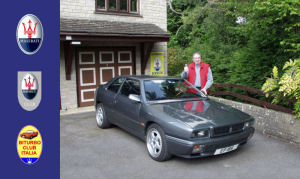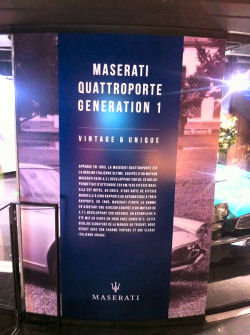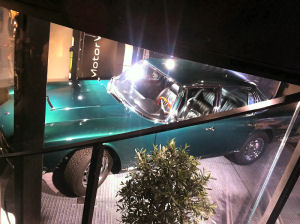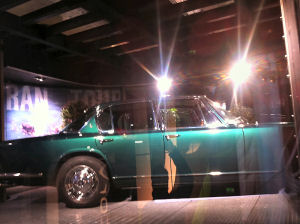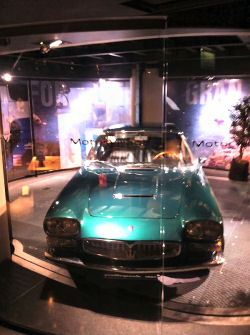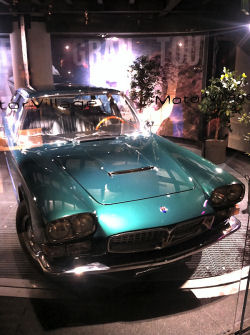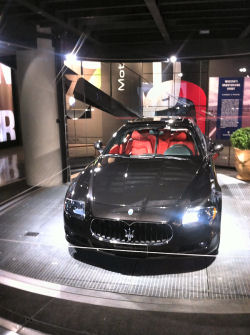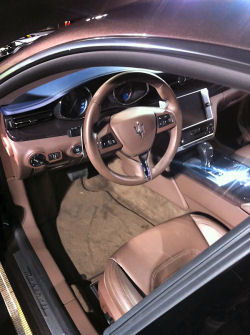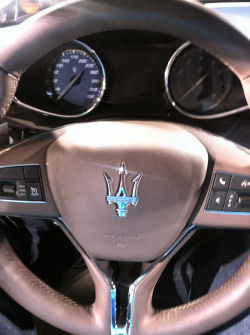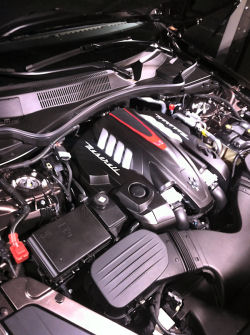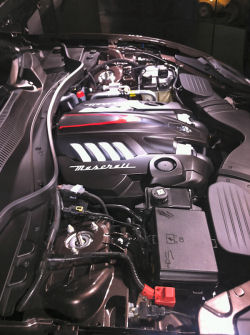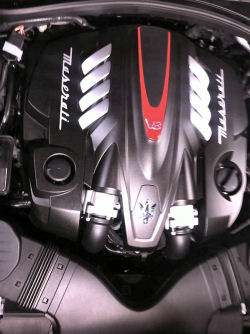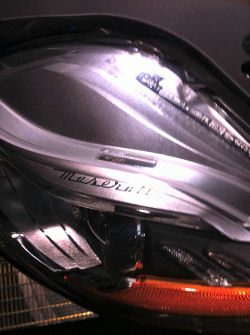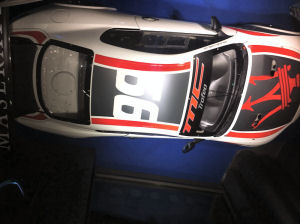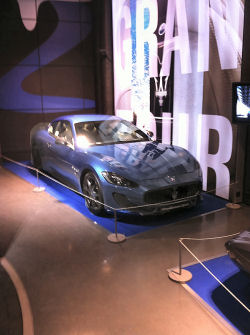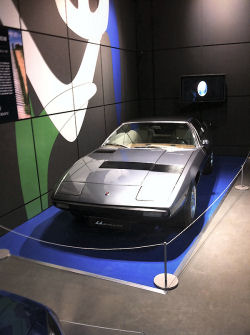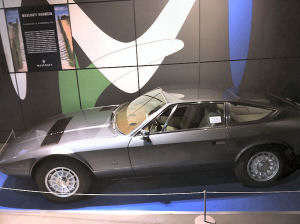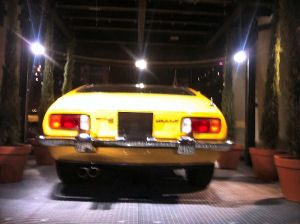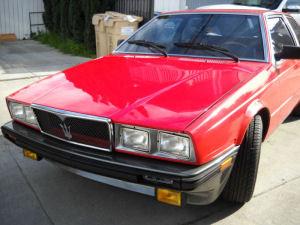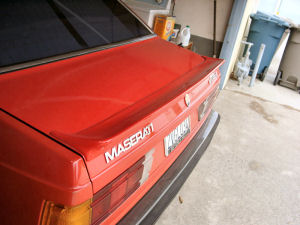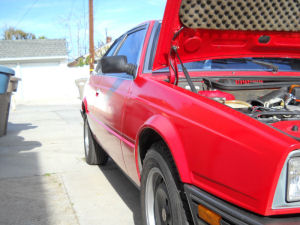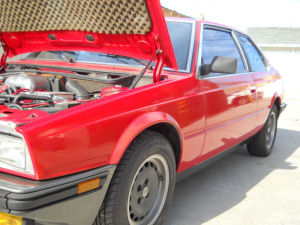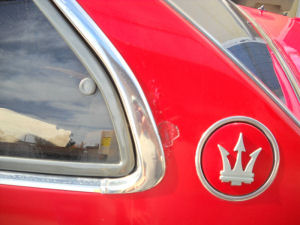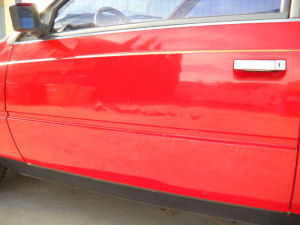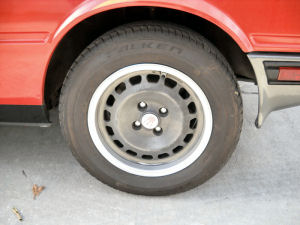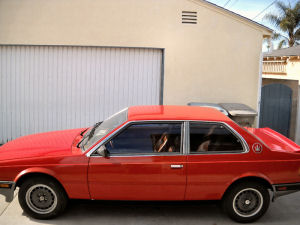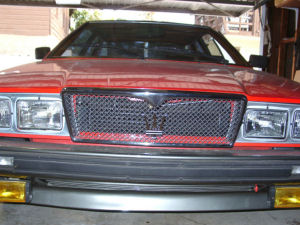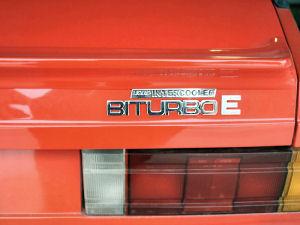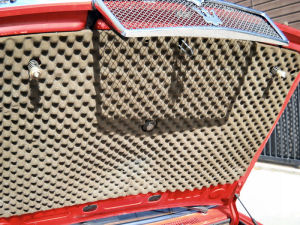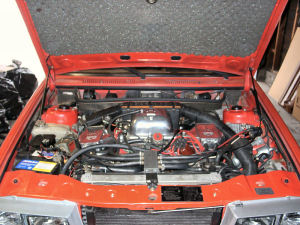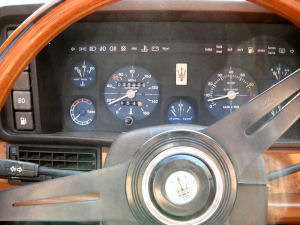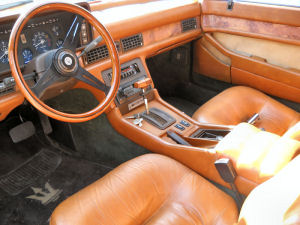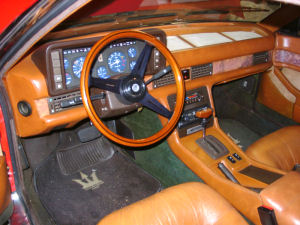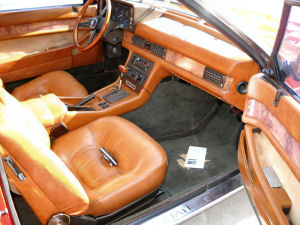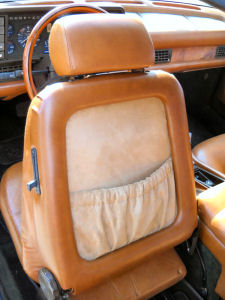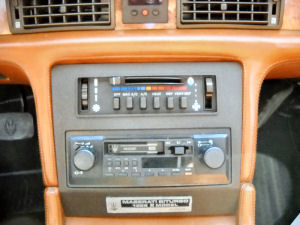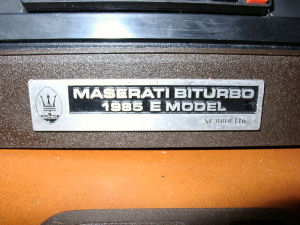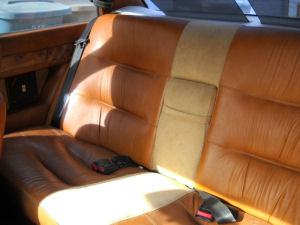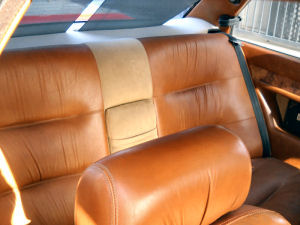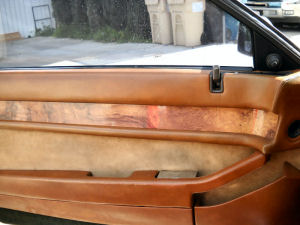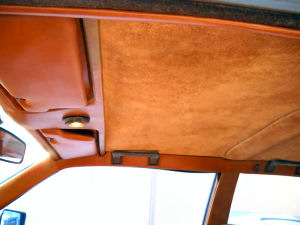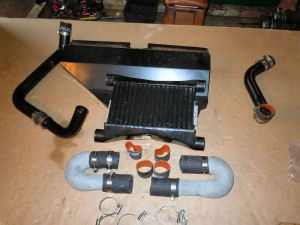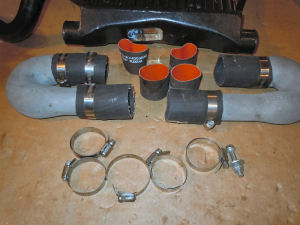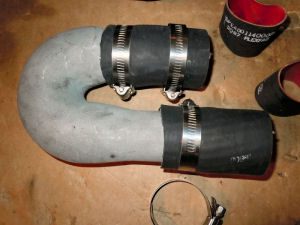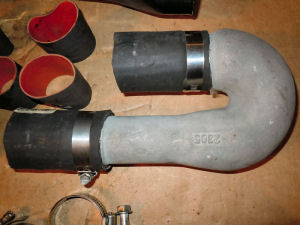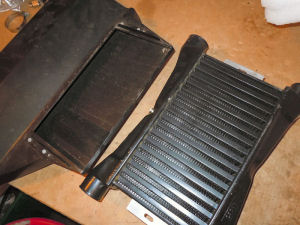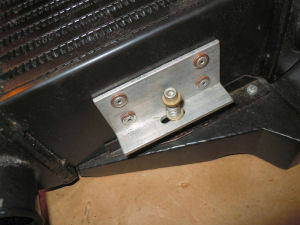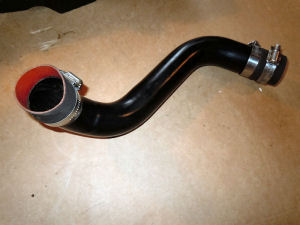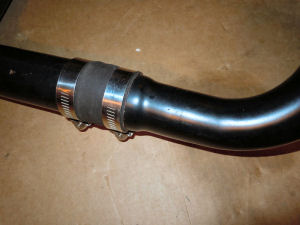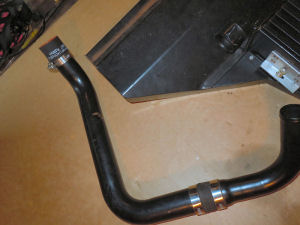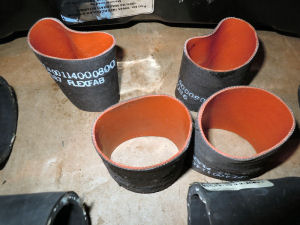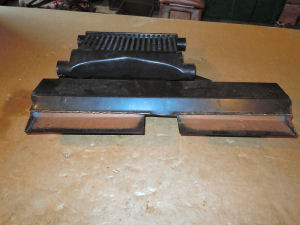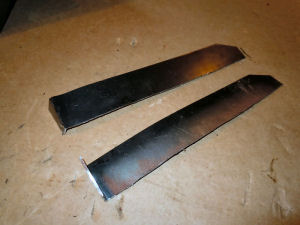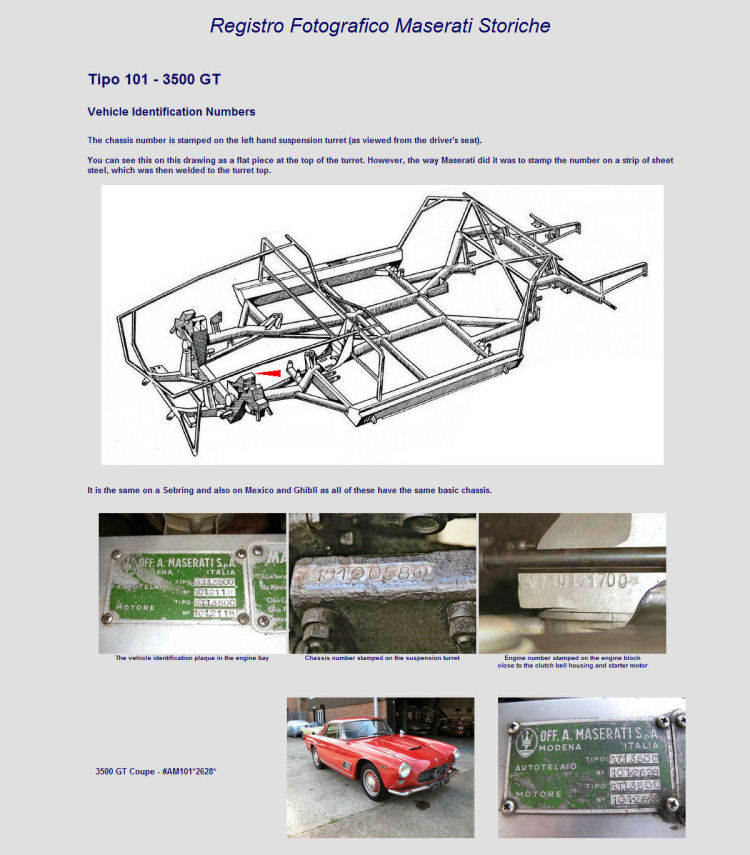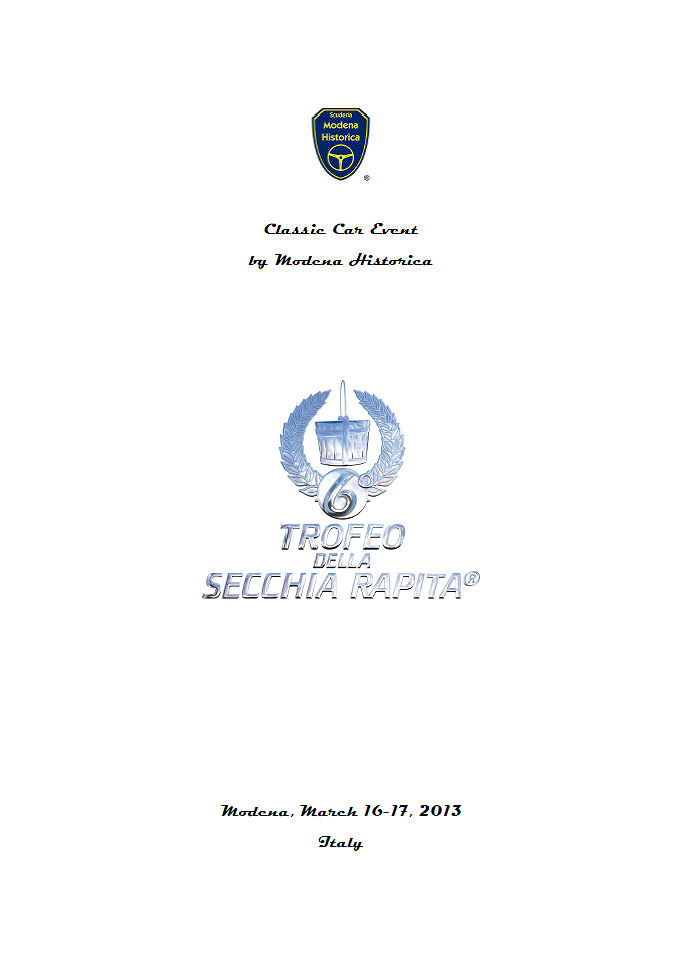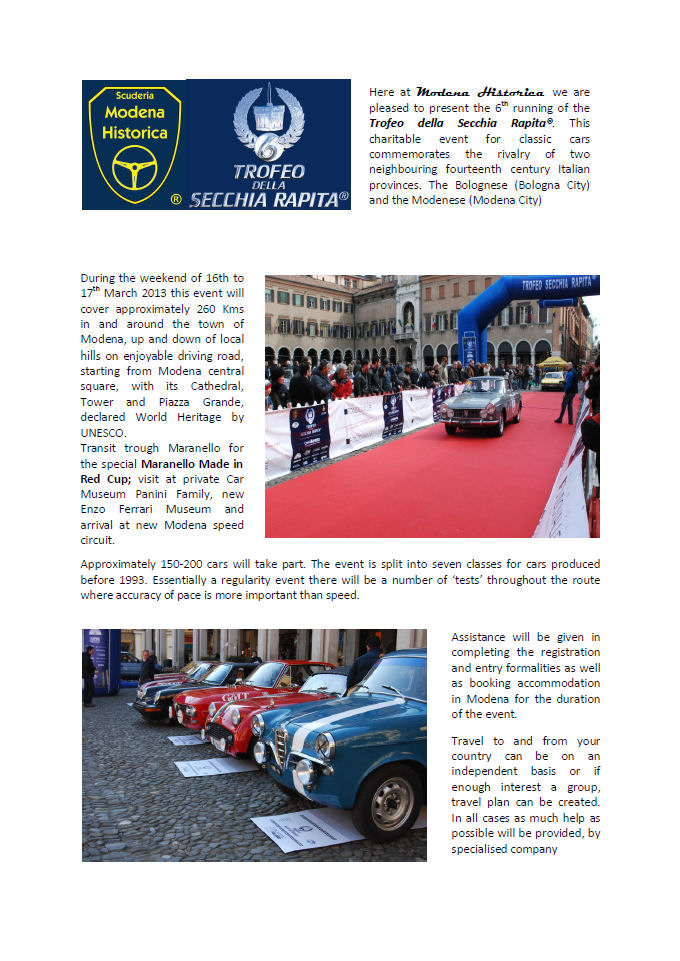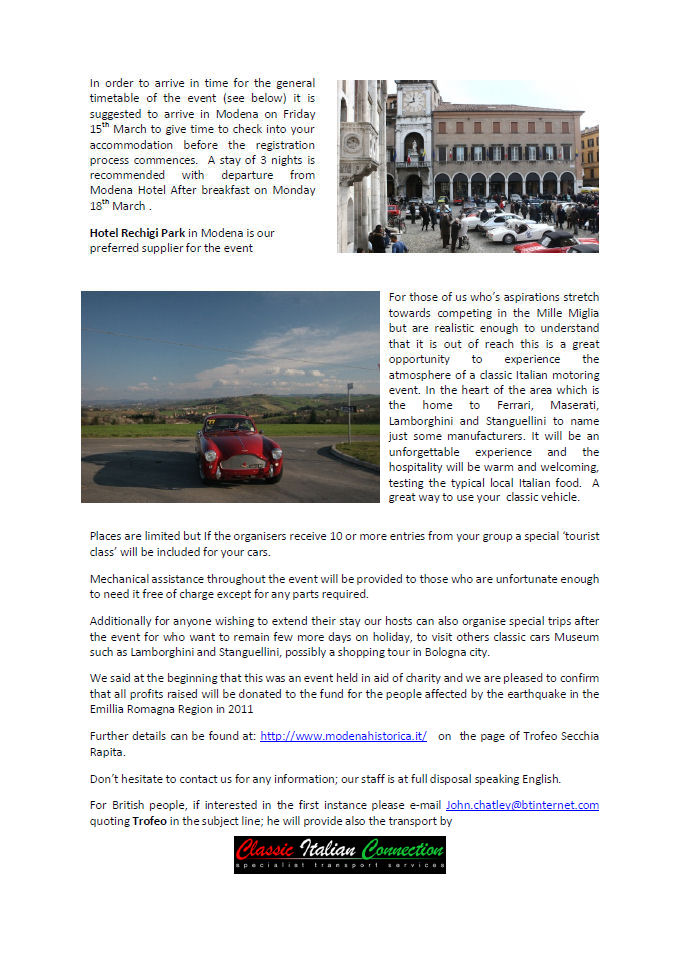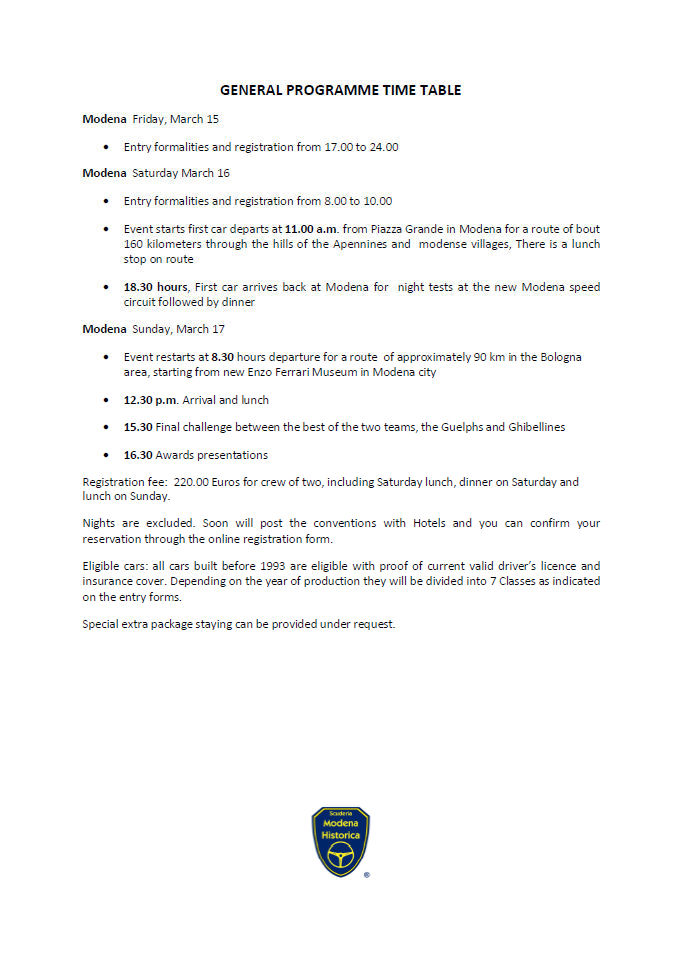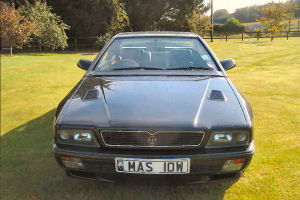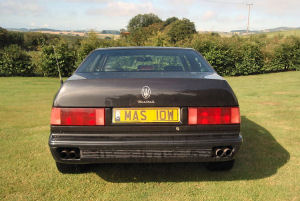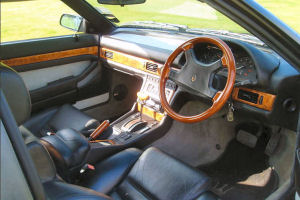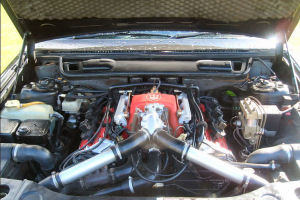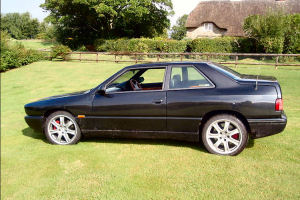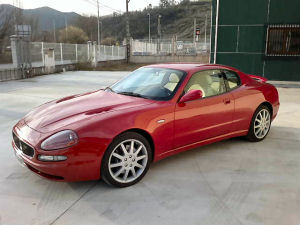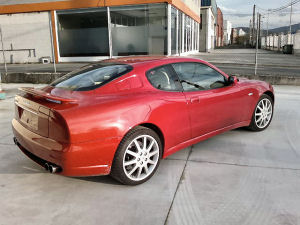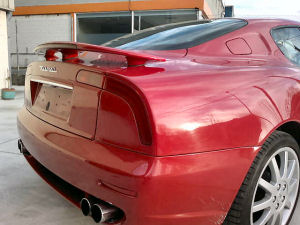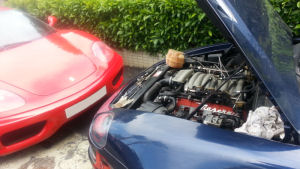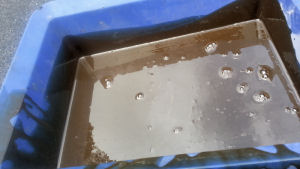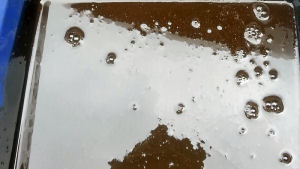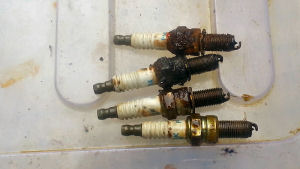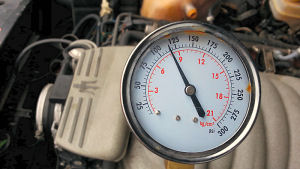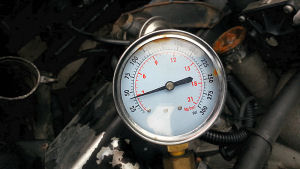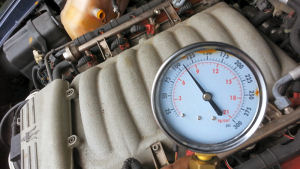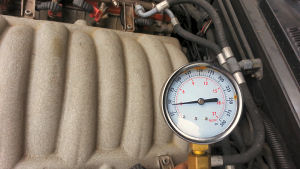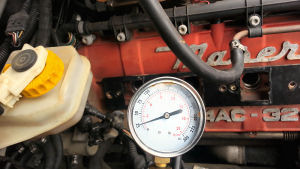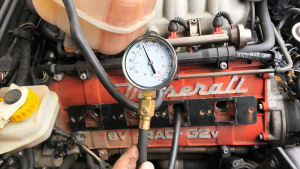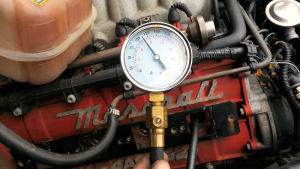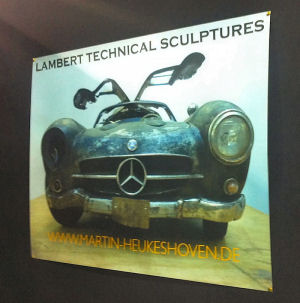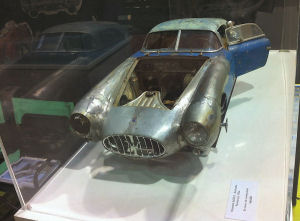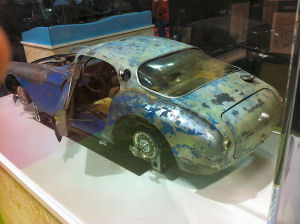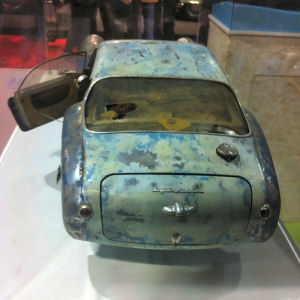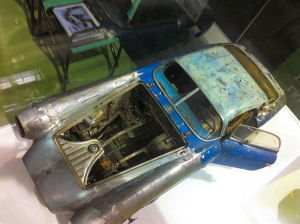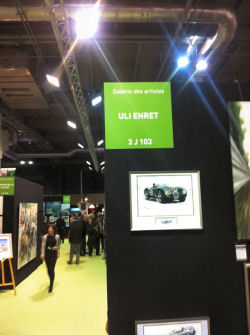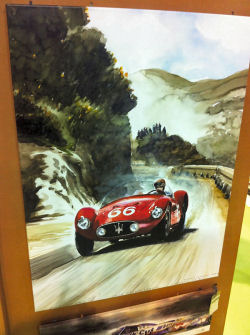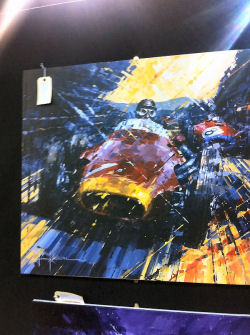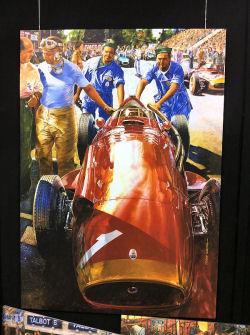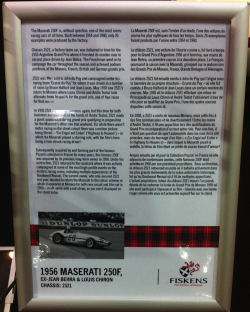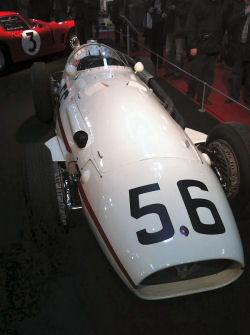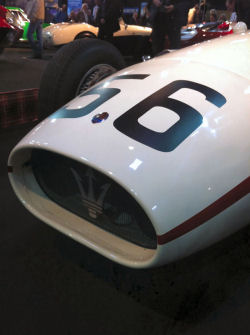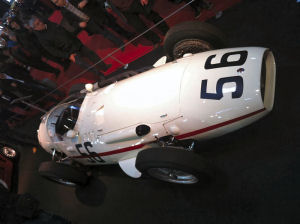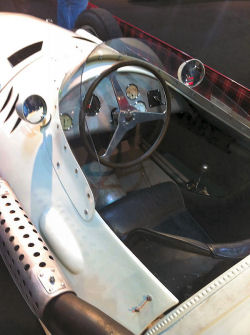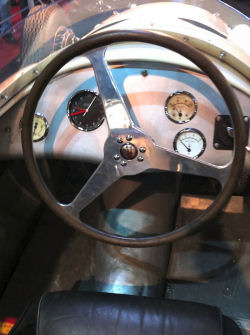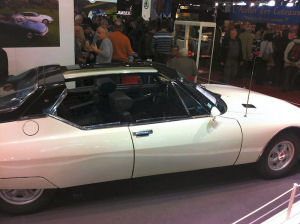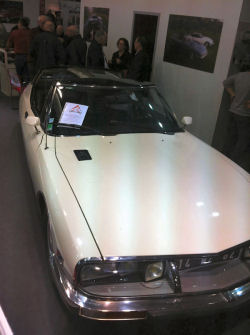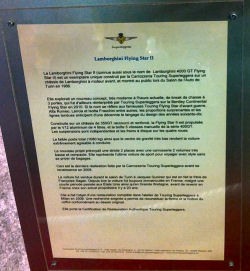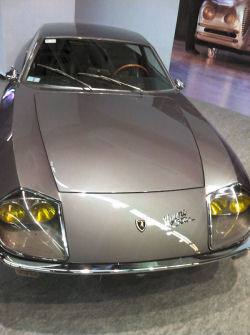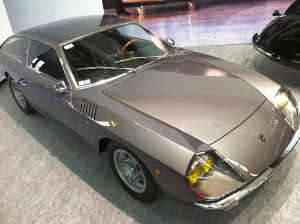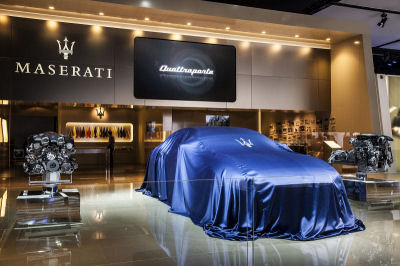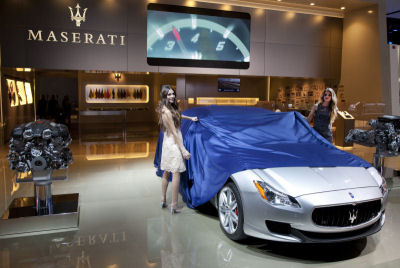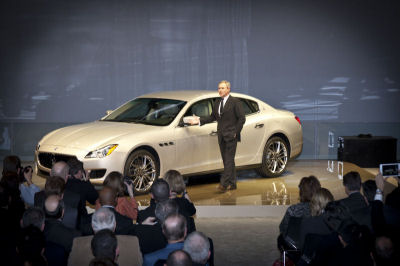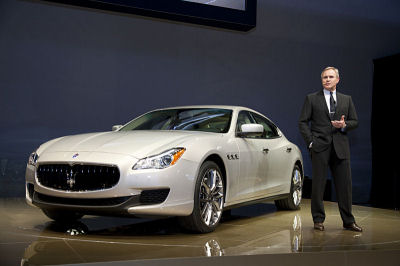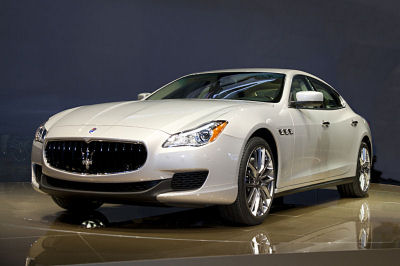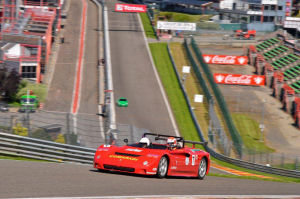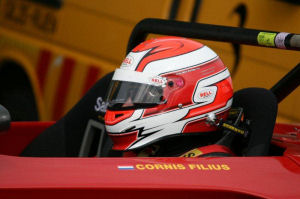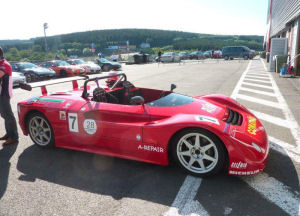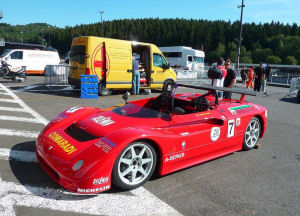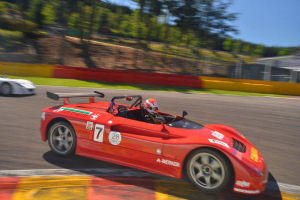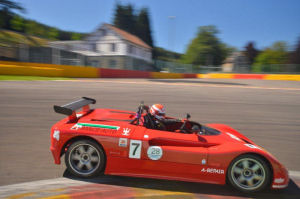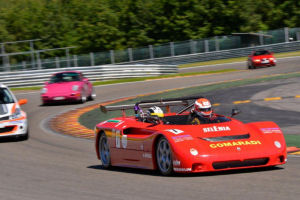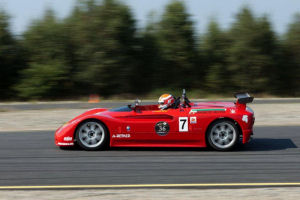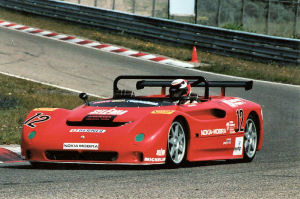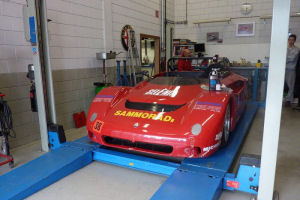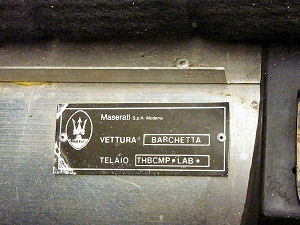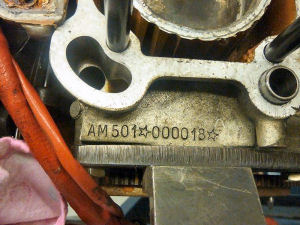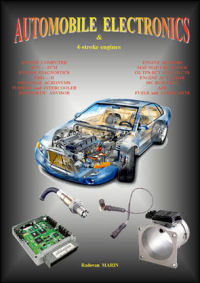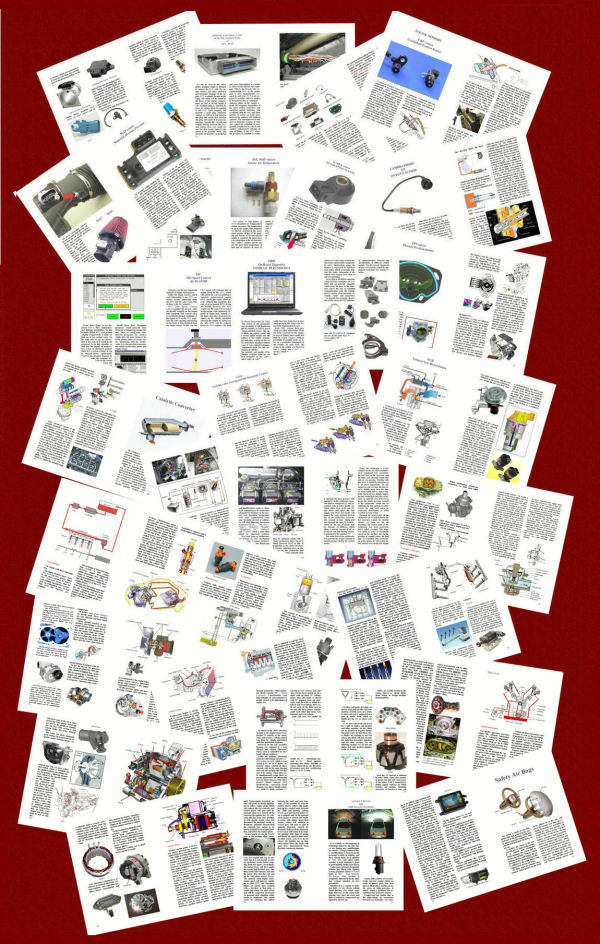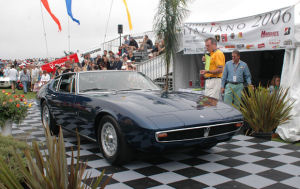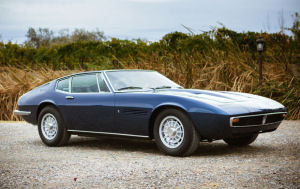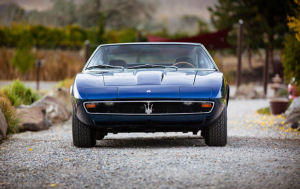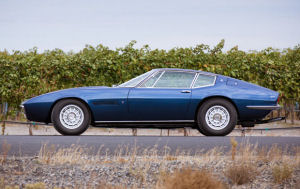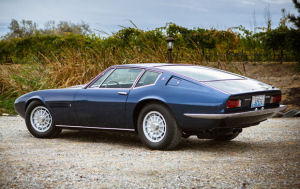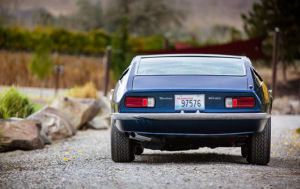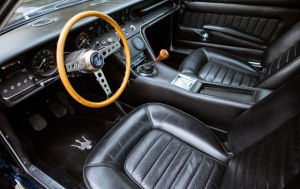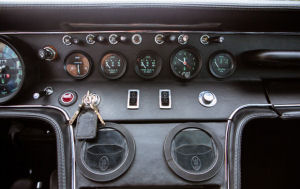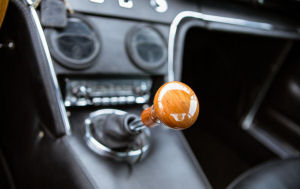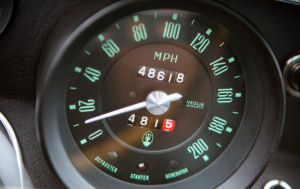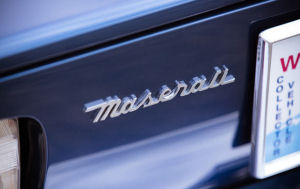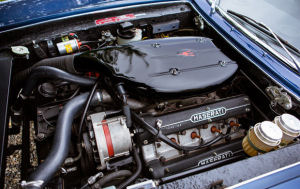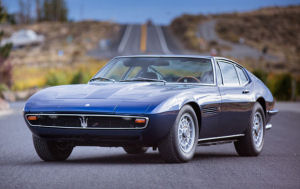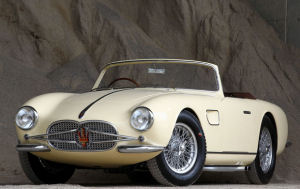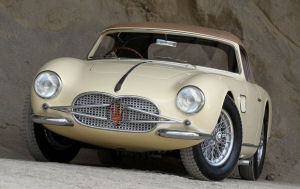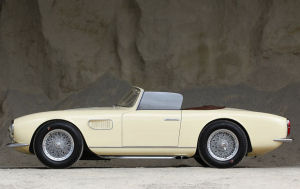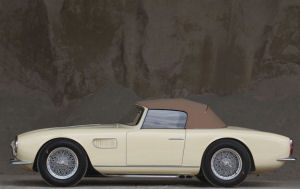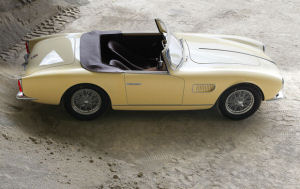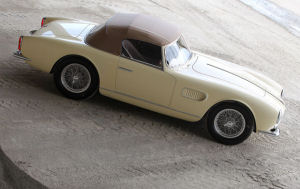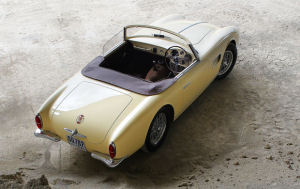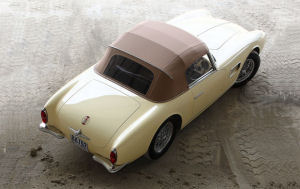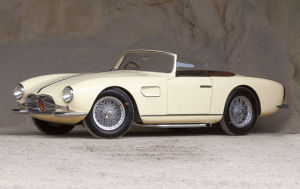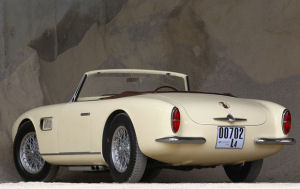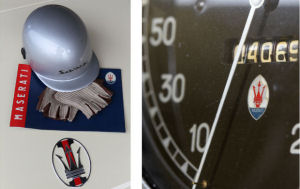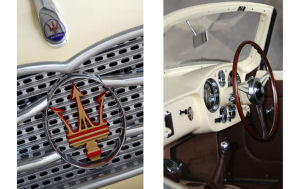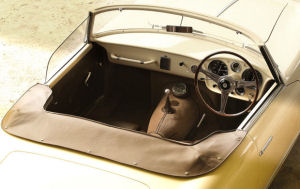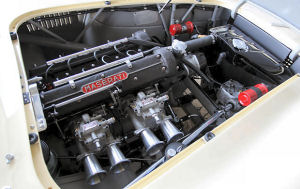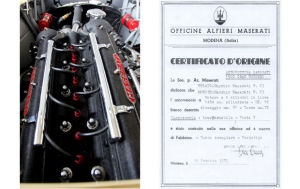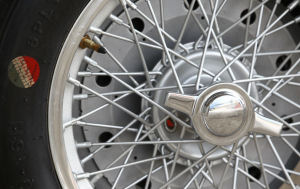INTRODUCTION
In the eyes of many connoisseurs, few automobiles rival the engineering, craftsmanship, and pedigree of those built by the glorious Italian marque of Maserati, the firm established by five brothers in Bologna in 1914 and taken over by industrialist Omer Orsis in 1937. After WWII, the Orsi family continued to build the company and, by the 1950s, Maserati was at the forefront of international racing, winning major Grand Prix and sports car races.
Of all the cars built by Maserati during the 1950s, the one-of-a-kind 150 GT Spider has proved to be one of the most enigmatic. Unknown to many knowledgeable enthusiasts, this remarkable dual-purpose sports car has remained something of a mystery, and its history has continued to elude historians and experts.
As is the case with many important automobiles, the true nature of the 150 GT was only recently uncovered, following many years of careful research and extensive analysis. What was once an interesting footnote in Maserati history, chassis 03 must now be considered an integral part of the firm’s post-war competition legacy and a spectacular example of sports car development.
To arrive at a complete understanding of this car’s origins, one must start well before 1957 and closely examine the internal workings of Maserati’s legendary racing department.
ORIGINS
The beautiful sports car presented here is unlike any Maserati ever built.
The remarkable history of this one-off sports car can be traced back to May 1954, when the Maserati factory team presented celebrated works driver Luigi Musso with a brand-new A6GCS for the XXI Mille Miglia. Significantly, Musso’s new A6GCS was christened with chassis number 2043, the same identity as the car that he raced throughout the 1953 season.
Despite this seemingly unusual circumstance, it is well known that Maserati re-numbered several competition chassis, either in the haste of preparation or, more likely, to remain consistent with entry forms prepared well in advance of a race. As the original 2043 was Musso’s preferred mount for much of 1953, Maserati undoubtedly entered that car for the 1954 Mille Miglia, and this newly prepared A6GCS then assumed the identity of its predecessor.
Piloted by Musso and Zocca, the new 2043 was assigned race no. 500 and departed from Brescia at 5:00 am on May 2, 1954. After an epic 12-hour battle with Vittorio Marzotto’s Ferrari 500 Mondial, Musso’s works A6GCS finished the 1,000-mile contest in 3rd overall and 2nd in Class. Significantly, Musso’s podium finish in the two-liter A6GCS represented Maserati’s best result to date at the legendary Italian road race.
After his extraordinary performance at the Mille Miglia, Musso and the second 2043 continued to achieve tremendous success throughout much of the 1954 season, leading to his second consecutive title of Italian Champion in the 2,000 cc category.
After an overall win at the Gran Prix di Napoli, Musso achieved an outstanding 2nd overall and 1st in Class at the Targa Florio, won at the Gran Prix di Caserta, and took home a 3rd place result at the Grand Prix of Imola.
On June 26, Musso and 2043 appeared at the Gran Premio Supercortemaggiore at Monza. For the high-speed race, 2043 was fitted with a detuned 250F engine; however, lack of real preparation resulted in an early retirement. For the Gran Prix Pietro Cidonio on July 4, Musso was again trusted with the works A6GCS. Although Musso recorded the best lap of the race with 2043, the car once again suffered from mechanical trouble and failed to finish.
Following the Grand Prix Pietro Cidonio, Musso received a new A6GCS Mk. II and 2043 was handed over to Sergio Mantovani for the Coppa d’Oro delle Dolomiti. Still equipped with its 250F engine, the A6GCS captured the overall win, defeating Cabianca’s OSCA MT4 and Gerini’s Ferrari 250 in the process. From there, Cesare Perdisa drove 2043 to a 2nd overall and 1st in Class at the Coppa Consuma.
For the remainder of the 1954 season, Valenzano was entrusted with 2043. Echoing the performances of Maserati’s other works drivers, Valenzano drove the A6GCS to a 5th overall at Aosta-San Bernardino and an outright win at Borzonasca-La Squazza.
After its final outing at Borzonasca-La Squazza, 2043 seemingly disappeared from sight. Those in the racing department at Maserati knew that their well-used works A6GCS had simply found a new use.
MASERATI DEVELOPS THE 300S
In spring 1954, with the 250F dominating Grand Prix racing and a new breed of fourcylinder sports cars challenging the two-liter category, Maserati began to work out the details of a new model to contest the World Sportscar Championship.
Realizing that their two-liter offerings stood little chance against the might of Ferrari, Jaguar, Mercedes-Benz, and Aston Martin, Maserati envisioned a sports car that combined the balance of the A6GCS with the power of the 250F Grand Prix machine.
Despite their ambitious plans, financial constraints were always a consideration at Maserati and, rather than introduce a completely new model line, the racing department looked to develop their well-proven A6GCS into an outright winner.
With this in mind, the engineers at Maserati spent the remainder of 1954 modifying the original A6GCS chassis until they arrived at the basic 300S platform. By the time the definitive 300S was unveiled, all that it shared with the A6GCS was its front suspension.
In the first stage of development, Maserati modified an A6GCS to incorporate a detuned 250F engine, 250F drum brakes, larger wheels, longer wheelbase, right-hand-drive steering, and revised bodywork distinguished by an extended nose, covered headlamps, and long doors. Maserati entered this experimental car – internally designated 001 – in the 1954 Mille Miglia, where Mantovani drove it under race no. 537. With only a month of development under its belt, the new car retired just after Ferrara and was eventually returned to its original A6GCS configuration.
In the second stage of development, the racing department constructed a new prototype chassis that was, in essence, a strengthened version of the 150S and 200S space frame. As would be expected, this chassis was internally designated 002. Also utilizing many 250F components, this car was entered in the 1954 Gran Premio Supercortemaggiore at Monza, where it performed very well, maintaining 2nd place until retiring in the final laps. Interestingly, this car was not entered in another race following its promising debut, but was instead used to test new six-cylinder engines.
It was in the third and final stage of development that Maserati ultimately arrived at the official 300S prototype. This third proposal represented the last time that the Maserati racing department decided to develop a new model from an existing A6GCS. Internally designated 003, this experimental car was based on chassis 2043, the aforementioned A6GCS that had scored many important victories throughout the 1954 season.
After being retired in August 1954, 2043 was again fitted with a 250F engine and further modified when the remainder of the original driveline was replaced by a 250F clutch, driveshaft, four-speed transaxle, and De Dion rear end. In the development process, Maserati made a logical progression, from a live-axle arrangement in 001, to a De Dion rear end in 002, before ending up with the advanced transaxle arrangement of 003.
Deemed to be faster than either of its two predecessors, 003 showed great promise, but the revised A6GCS chassis ultimately proved inadequate. As a result, extensive chassis revisions were undertaken until Maserati arrived at the definitive 300S design. Sporting an all-new body – much sleeker in appearance than its predecessor – and a right-hand-drive steering configuration, 003 had successfully completed the transformation from an A6GCS to the first true 300S prototype.
On December 5, 1954, Jean Behra performed the final tests on 003 and, soon after, Maserati began gearing up for 300S production.
No longer having any use for 003, the racing department eventually stripped the prototype of its mechanical components and coachwork. Following some minor modifications, including a conversion from right- to left-hand drive, the 300S prototype body was eventually mounted on a left-hand-drive A6GCS, chassis 2099.
The bare frame of chassis 003, almost identical to that of the production 300S, remained in the racing department for some 18 months before Maserati discovered yet another use for their old warrior.
THE 150 GT SPIDER
By 1956, Maserati was in need of a new road-going sports car to replace its limited production A6G/2000.
Within the company, opinions were divided on the best way to move forward. Those with a more practical mindset were convinced that a mass-production gran turismo was needed, while the purists believed that Maserati ought to remain an exclusive manufacturer of highperformance sports cars.
In order to better explore their options and appease both sides, Maserati developed two proposals in parallel – a four-cylinder sports car and a six-cylinder gran turismo.
While the development of the gran turismo was left in the capable hands of Chief Engineer Giulio Alfieri, the sports car project was entrusted to Maserati’s racing department. In an effort to keep costs to a minimum and make use of existing resources, the engineers once again turned to chassis 003, which had already served the company well as a successful A6GCS sports racing car and the basis for the 300S prototype.
The chassis, which had been lying unused in the racing workshop since December 1954, was taken out of storage and work began on a four-cylinder sports car prototype called the 150 GT Spider.
As evidenced by the factory build sheet for chassis 003, the 150 GT Spider was constructed in late 1957 utilizing a remarkable combination of Maserati’s finest components.
Starting with a foundation similar to that of the successful 300S sports racer, Maserati revised the chassis to accept a full-race 150S engine, an A6G/2000 gearbox casing, a 200S prop shaft, and an A6GCS rear-end assembly. The front suspension and hubs remained virtually unchanged from their original A6GCS specifications; however, the front brakes were sourced from a 250F, and the steering mechanism combined 250F and A6G/2000 components. Other interesting features included a 200S radiator, A6GCS rear brakes, a 150S oil pump, and a new wet-sump lubrication system better suited for road use.
Though the factory build sheets record the chassis no. as 003, the stampings on the car itself carried just two digits, and the 150 GT Spider has always been known simply as 03.
After the experimental chassis was completed at the racing department, the design of the 150 GT Spider was entrusted to Carrozzeria Fantuzzi, Maserati’s preferred coachbuilder for its sports racing and grand prix cars. The design of this one-of-a-kind Spider was almost certainly inspired by the coachbuilt A6G/2000s and features many of their stylistic elements.
Constructed in lightweight aluminum, the Fantuzzi coachwork bears similarities to the exclusive A6G/2000 Frua Spiders, although the beautifully crafted front grille appears to have been influenced by Zagato and the fender vents seem to have been lifted from an Allemano body. While Pietro Frua has been given credit for the design of the 150 GT Spider, it is more likely that the craftsmen at Carrozzeria Fantuzzi admired his work and developed their own variation to suit the overtly sporting character of chassis 03.
Finished in Avorio (ivory) with Marrone (brown) upholstery, the 150 GT Spider maintained the right-hand-drive configuration of the 300S prototype and was specified with a painted dashboard, anti-dazzle interior mirror, and English instruments, as well as a full convertible top and roll-up windows.
Completed in late 1957, the 150 GT Spider was an exquisite coachbuilt road car with the performance and pedigree of a thoroughbred racer. By any standard of the day, the engineers at Maserati had created a truly sensational sports car.
Sadly, the car’s remarkable quality and specification was its very undoing. Far too complex and expensive to build in any significant numbers, the 150 GT prototype was deemed unviable, and Maserati management decided to move forward with the comparatively mundane 3500 GT.
Ultimately, the decision proved to be in Maserati’s best interests. Throughout the late 1950s and early 1960s, sales of the 3500 GT generated a consistent income, and the firm assumed a new role as builders of elegant, upscale road cars. In fact, by the late 1960s, Maserati had all but disappeared from motor sports.
With no plans for its future, the 150 GT Spider remained sequestered in the factory’s racing department where it could be safely stored out of the public eye.
Nevertheless, the unusual Fantuzzi-bodied sports car managed to arouse the curiosity of visitors to the Modena factory, and several photographs exist that show the sole 150 GT surrounded by the latest Maserati offerings, from sports racers to production 3500 GTs.
On rare occasions, Maserati made the 150 GT Spider available to important clients and influential journalists. As late as July 1959, the motoring press reported, “The 1500cc 4-cylinder Grand Turismo has been pulled out from under the dust sheets and given two days of testing on the autodrome and in the mountains. The Orsis still hope that eventually they will have this car in mass production.”
After its final public demonstration, Officine Alfieri Maserati issued the Certificate of Origin for chassis 03. Dated October 31, 1959, this factory record confirms the 150 GT Spider’s status, stating that the car is a “Unique example – Prototype.”
Around this time, a deal was reached for the 150 GT to be sold to the newly appointed British Maserati agent Colin Murray of Fleetwood, Lancashire. The news of the sale even reached Motor Racing magazine, which reported, “Colin Murray has been appointed Maserati distributor for Great Britain… One demonstration car has already gone to England in company with the 1500cc Gran Turismo prototype.”
Because the factory delivery note – dated March 10, 1960 – records the means of transport as “buyer’s own,” it is believed that legendary journalist Hans Tanner collected the right-handdrive 150 GT from Modena and drove it across the continent en route to England. According to Tanner’s description, the prototype had not been fully sorted for road use, making for a somewhat challenging journey.
By the end of 1960, Murray had sold the 150 GT to Mr. Harrison, and the car was subsequently registered in Great Britain as “3 CLP.” The distinctive Maserati next appeared in November 1966, where it was offered for sale in Motor Sport with a £1,400 asking price.
While little is known of the following owner, Mr. Blythe, it is believed that the 150 GT remained in private UK ownership and received some minor restoration work at McKenzie Guppy Ltd. in Dorset in the early 1980s.
By 1989, chassis 03 was owned by Graham Walker, a resident of Jersey, Channel Islands. In 1993, Mr. Walker traded the Maserati to a German collector in a deal that involved an Aston Martin DB4 GT.
Throughout the 1990s and into the early 2000s, the Maserati remained in the care of its private collector where it was largely untouched. With the exception of a feature in Lewandowski’s Maserati Spyder and special appearances at the unveiling of the new Maserati 3200 GT Spider in Modena and Milan, the 150 GT Spider remained relatively unseen.
Since the current owner acquired the 150 GT in 2006, this unique car has undergone a spectacular makeover.
Although the Maserati was in good overall condition when it arrived in the consignor’s stable, he decided to return the prototype 150 GT to its original glory. From there, a complete, no-expense-spared restoration was performed over a three-year period.
The lengthy restoration began with a complete disassembly process, during which the chassis and coachwork were stripped to bare metal, allowing for a meticulous examination for authenticity and condition.
The Maserati – both frame and body – was then placed on a jig to better control the correct alignment of chassis pick-up points and the exact spacing of the body panels.
Once repaired as needed and treated with anti-corrosive primer, the car was painted with extreme care. As per the original build sheet, the exterior of the 150 GT was refinished in Avorio, with the engine bay and chassis finished in the appropriate light gray. The interior was then trimmed in leather hides, individually selected and custom dyed to match the as-delivered color, and a new soft top was sewn to exacting original specifications.
The Fantuzzi coachwork was painstakingly finished with NOS fittings, freshly plated chrome brightwork, and four new bumpers fashioned on wooden bucks to the exact original specifications. As the beautifully made grille had been lightly modified over the years, the missing “moustache” trim was recreated using archival photographs for reference.
As the cosmetic restoration was being carried out, the mechanical components of chassis 03 were entrusted to leading European and UK specialists.
The original matching-numbers engine was sent to recognized Maserati expert Steve Hart in Norfolk, England, for a complete rebuild. This meticulous process saw the engine rebuilt from the bottom up to full competition specifications using the best internal components available. As drivability was a primary focus, the engine was bored to two-liters, greatly improving low- to mid-range torque and low-speed tractability. Following its build, the engine was dyno-tested and a thorough running-in process was undertaken.
The type A6G/2000 gearbox was sent to well-known Italian specialist Corrado Patella, where it was comprehensively overhauled to ensure smooth and reliable operation. Additionally, the rear end, suspension components, and braking system were all restored or rebuilt as needed before returning to the chassis.
With the major mechanical components restored to a consistently high standard, a new clutch assembly was installed, a periodcorrect side-exit exhaust was fabricated, and a new wiring harness – manufactured to exact original specifications – was fitted. As a finishing touch, all five Borrani wire wheels were refurbished and mounted with period-correct Blockley racing tires.
Following the final assembly process, the 150 GT was shipped to Mr. Hart for fine-tuning, suspension alignment, and a thorough inspection of the major mechanical components.
Throughout the entire restoration process, great care was taken to document the car’s unique features and verify the authenticity of its competition-derived components.
In fall 2007, the current owner enlisted the expertise of respected marque authority Adolfo Orsi to conduct further research into the history of this one-of-a-kind Maserati. After obtaining pertinent documents from the Maserati factory archives, Mr. Orsi travelled to inspect the car in person. The timing of the inspection could not have been better, as the 150 GT was partially dismantled and undergoing restoration.
Although the Maserati build sheet reported that the chassis was a “200 S frame modified by us,” it soon became clear that this was far from the truth. When compared to original technical drawings of the 200S frame, the 150 GT Spider possessed many significant differences.
With his interest piqued, Mr. Orsi further researched the car and in April 2012 performed a second inspection, this time with the help of Ermanno Cozza. From there, the chassis characteristics of all the contemporary Maserati sports cars (A6GCS/53, 150S, 200S, 300S, and the unique 250S) were compared to the 150 GT Spider.
After a careful examination, Mr. Orsi confirmed that the chassis was originally used as the basis for an experimental sports car which, during its development, was modified several times.
Further attesting to this car’s rich and exceptional history is an extensive file of documentation that includes copies of the original Maserati build sheets, Certificate of Origin, delivery statement, restoration records, correspondences, archival photos, and an inspection report produced by Mr. Orsi.
In summary, the 150 GT Spider is a Maserati with tremendous historical importance and a wealth of unique qualities.
In a state of continuous evolution from 1954 to 1957, and then a fixture in the factory race shop from 1957 until its sale in 1960, chassis 03 was both an integral part of Maserati’s factory racing program and a prototype for a competition-derived sports car.
Since being restored to its original splendor, this matching-numbers, original-bodied Maserati has not been shown, displayed, or judged at any concours and is eligible for virtually every historic event around the world. With approximately 190 hp and a curb weight of just 1,850 lbs., the 150 GT offers brilliant acceleration, outstanding performance, and an unforgettable exhaust note. Formidable competition for any sports car of its era, this Maserati is also capable of relaxed, open-air touring, making it an ideal candidate for exclusive rallies from the Mille Miglia to the Colorado Grand.
From its splendid Fantuzzi coachwork down to its experimental competition-spec chassis, the 150 GT is a singular expression of automotive excellence and a proud testament to the creativity and passion of its maker. Constructed at the height of Maserati’s golden age, this one-of-a-kind 150 GT represents the very best of Italian engineering and design of the 1950s.
The fortunate new owner of this 150 GT Spider will be acquiring an exceptionally rare and important prize.
Text and photos courtesy of Gooding & Company |
